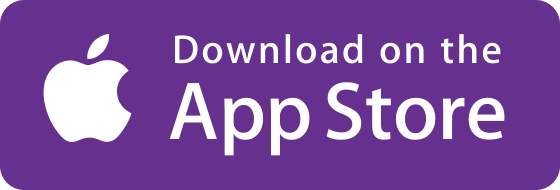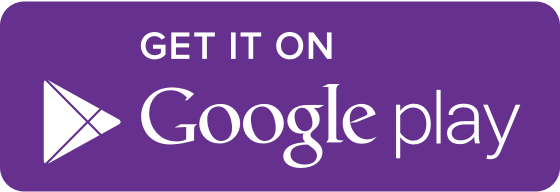Edoardo Montenegro shares his impressions back from Helsinki, where we completed xEdu’s acceleration program.
In June, the first phase of Betwyll’s journey with xEdu, the leading European accelerator for EdTech startups, ended. All the training sessions, the workshops, the trade fairs, the meetings with schools, libraries, publishers and public bodies were also an important occasion to get a better understanding of Finland and its education system.
It is a fascinating journey, which I can only summarize here and that the most curious amongst you might delve into, not only by visiting Helsinki and Finland, but also though the great book by Kirsti Lonka, Phenomenal Learning from Finland (Edita, 2019). What I am writing here is nothing but a travel journal full of personal opinions, subject to the limitations of generalization.
The standing of teachers
What surprised me the most is the professional and social consideration teachers enjoy, being their job – in fact – the most coveted in the country. This results in a high level of freedom and discretion in teaching. Teachers are not questioned by society, they are its reference point.
This element is maybe even more important than the not irrelevant yet probably consequent fact that Finnish teachers are very well paid and, therefore, also have the economic resources to do their job in the best way possible, in a context that is however competitive and marked by very high result expectations.
An additional aspect, which seems key, is their double specialization: Finnish teachers are not only the mere guardians of a specific subject, but also have a wide pedagogical background, i.e. besides knowing their own subject, they are used to reason and reflect on how they students learn it and, when dealing with a new EdTech solution, for instance, they wish to understand its pedagogical features first.
The schools: multilingual, inclusive, inspiring
As to schools, the prevalence of public schools over private schools – the City of Helsinki, for example, has 100 public schools and 30 private ones – is accompanied by a high level of differentiation between one school and the other, within the common framework defined by the national curricula. In addition to this, the effect of the fact that the official languages spoken in Finland are three – Finnish (or Suomi), Swedish and Sami; whereas in some schools – since primary school – various subjects are often integrally taught in English.
Students start school at the age of 7 and compulsory education lasts for 9 years, from 7-8 to 15-16. In this time span, all students learn the same subjects, in the name of equality and social inclusion. A further relevant aspect is that, in the Finnish education system, marks and exams play a secondary role, and in some cases are not used at all. The principle – if I got it right – is that the education context is considered more important than marks: not only the flipped classroom model is adopted – based on which the students discuss with the teacher what they have already started to examine earlier at home – but the main goal is to overcome the traditional concept of lecture, where the teacher explains and the students memorize, in favor of a model where school’s main goal is to create an environment that continuously encourages curiosity, creativity and active learning in students.
Diversity as an asset
This has important consequences also on inclusion. In Finland, the key concept from this point of view is “special learning needs”. When a student shows a special learning need – i.e. because they may suffer from dyslexia or have trouble in learning a subject – a group of teachers with specific skills activate so the student has the necessary support without feeling labelled as different for that. On the contrary, we could say that getting kids and students accustomed to the concept of diversity – whether cultural, religious, ethnic or sexual – is one of the main concerns of school, which thus cultivates a society where what is different is not simply accepted, but seen as an essential and natural asset.
Once back to Italy, I couldn’t help making a consideration that risks to sound rhetorical, but that I need to express. Through our social reading exercises, first on Twitter and then on Betwyll, we met hundreds of Italian teachers who are passionate, skilled and enthusiastic about the possibility of making school a better place. After this journey, I then wondered: what would they be able to do if even a small part of the resources and methodologies available to their Finnish colleagues were also available to them?
A further element that surprised me in Finnish schools is their approach to technology. But I’ll write about this, along with the EdTech startup ecosystem, in one of my next posts.
Edoardo
[email protected]


